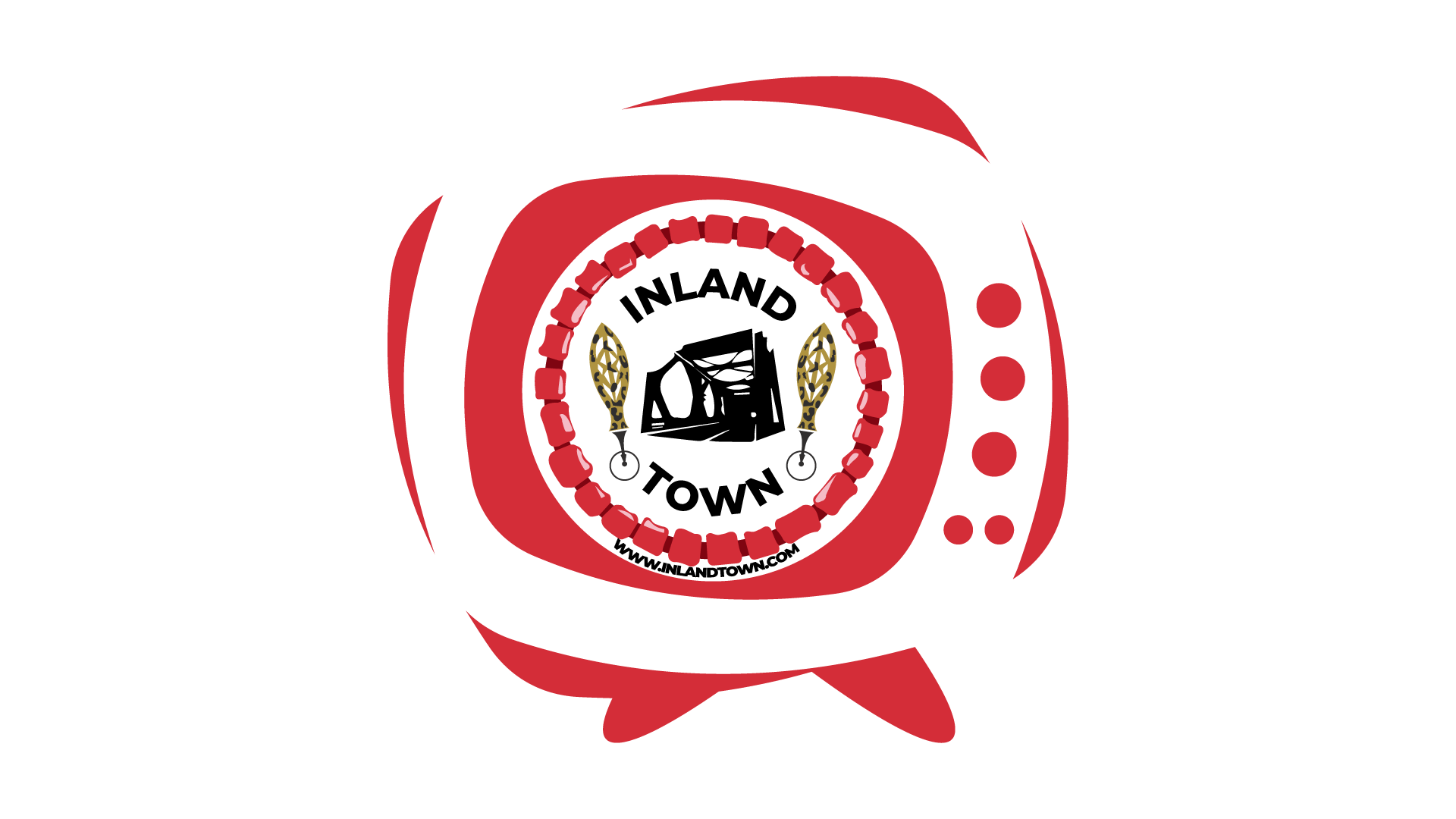The African continent boasts a plethora of distinct regional styles of dressing, the products of long-standing textile crafts such as hand weaving, dyeing, and printing.
This diversity is reflected in the unique traditional clothing found in each country. Despite the influence of Western fashion, Africans have continued to uphold and celebrate their ancient cultural traditions through their clothing, which serves as a source of pride and heritage.
In this article, we will explore some of the unique outfits associated with different tribes in Africa.
ASO-OKE
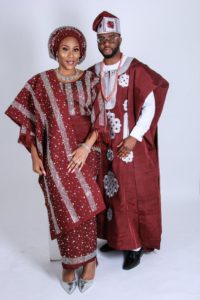 Aso-Oke, a hand-woven cloth, is a significant cultural element created by the Yoruba people of West Africa. Beyond its function as a fabric, it serves as a tangible representation of the Yoruba clothing tradition. For women, a complete outfit comprises four essential elements, including a blouse called a “buba,” a wrapped skirt known as an “iro,” a head tie referred to as a “gele,” and a shoulder sash called an “iborun” or “ipele,” while for men, it is ‘Agbada’ / ‘Danshiki’, ‘Sokoto’ and ‘Fila’. The Aso-oke is indeed an integral part of the Yoruba people’s cultural heritage. This fabric has remained the go-to choice for special occasions, such as weddings, birthday and other traditional events.
Aso-Oke, a hand-woven cloth, is a significant cultural element created by the Yoruba people of West Africa. Beyond its function as a fabric, it serves as a tangible representation of the Yoruba clothing tradition. For women, a complete outfit comprises four essential elements, including a blouse called a “buba,” a wrapped skirt known as an “iro,” a head tie referred to as a “gele,” and a shoulder sash called an “iborun” or “ipele,” while for men, it is ‘Agbada’ / ‘Danshiki’, ‘Sokoto’ and ‘Fila’. The Aso-oke is indeed an integral part of the Yoruba people’s cultural heritage. This fabric has remained the go-to choice for special occasions, such as weddings, birthday and other traditional events.
KENTE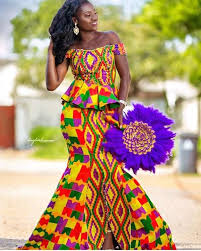 Kente is a type of silk and cotton fabric consisting of interwoven cloth strips that originated from the Akan tribe in Ghana. This cloth holds significant cultural and spiritual value to the Akan people and was traditionally reserved for use only during times of great importance, often exclusively worn by royalty. The narrow strips of cloth, measuring around 3-5 inches wide and 5-6 feet long, are woven into intricate designs that convey meaningful messages through color symbolism. Gold represents serenity and status, yellow symbolizes fertility, green denotes renewal, blue represents pure spirit and harmony, red signifies passion, and black represents union with ancestors and spiritual awareness. In recent times, Kente has gained newfound significance as it has been adopted by the Western and modern world.
Kente is a type of silk and cotton fabric consisting of interwoven cloth strips that originated from the Akan tribe in Ghana. This cloth holds significant cultural and spiritual value to the Akan people and was traditionally reserved for use only during times of great importance, often exclusively worn by royalty. The narrow strips of cloth, measuring around 3-5 inches wide and 5-6 feet long, are woven into intricate designs that convey meaningful messages through color symbolism. Gold represents serenity and status, yellow symbolizes fertility, green denotes renewal, blue represents pure spirit and harmony, red signifies passion, and black represents union with ancestors and spiritual awareness. In recent times, Kente has gained newfound significance as it has been adopted by the Western and modern world.
BOUBOU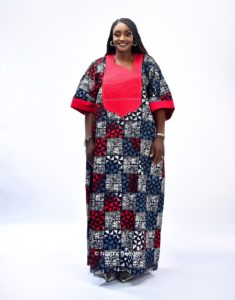 The Boubou, a traditional Senegalese robe, is a versatile and fashionable garment worn by men and women throughout Africa. Made from a single piece of fabric, it typically measures around 150cm in width and can be tailored to different lengths based on the wearer’s height and preference.
The Boubou, a traditional Senegalese robe, is a versatile and fashionable garment worn by men and women throughout Africa. Made from a single piece of fabric, it typically measures around 150cm in width and can be tailored to different lengths based on the wearer’s height and preference.
In addition to the standard Boubou, there is also a more refined version known as the grand Boubou, which requires a 300 cm-long fabric and extends down to the ankles. Typically, designers fashion the Boubou by folding the fabric in half, creating a neck opening, and sewing up the sides halfway to form flowing sleeves. The result is a flowing and comfortable garment that is both stylish and functional.
KANZU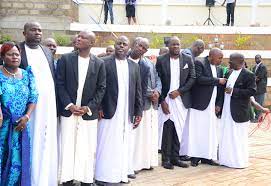 Kanzus are traditional African garments worn by men in the Africa Great Lakes region, including Burundians, Congolese, Ethiopians, Kenyans, Malawians, Rwandans, Tanzanians, and Ugandans. Typically white or cream in color, the English refer to it as a tunic while it is known as Thawb in Arabic. In Uganda, the Kanzu is especially popular and commonly worn by men during weddings and festivals. It is considered a symbol of authority and sophistication among men who value cultural traditions.
Kanzus are traditional African garments worn by men in the Africa Great Lakes region, including Burundians, Congolese, Ethiopians, Kenyans, Malawians, Rwandans, Tanzanians, and Ugandans. Typically white or cream in color, the English refer to it as a tunic while it is known as Thawb in Arabic. In Uganda, the Kanzu is especially popular and commonly worn by men during weddings and festivals. It is considered a symbol of authority and sophistication among men who value cultural traditions.
HABESHA KEMIS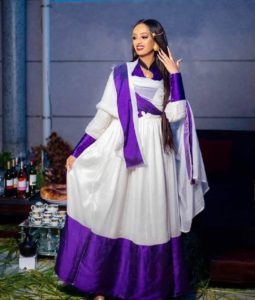 The Habesha Kemis is a traditional African garment worn by Habesha women from Addis Ababa, Ethiopia. This robe-style attire usually extends from the neck to the ankles and is commonly worn by Ethiopian and Eritrean women for formal occasions and vacations. Modern versions of the Habesha Kemis come in a variety of styles, including both short and long sleeves. Typically, the garment is made from cotton fabric and is available in shades of grey, beige, or white.
The Habesha Kemis is a traditional African garment worn by Habesha women from Addis Ababa, Ethiopia. This robe-style attire usually extends from the neck to the ankles and is commonly worn by Ethiopian and Eritrean women for formal occasions and vacations. Modern versions of the Habesha Kemis come in a variety of styles, including both short and long sleeves. Typically, the garment is made from cotton fabric and is available in shades of grey, beige, or white.
JILLABA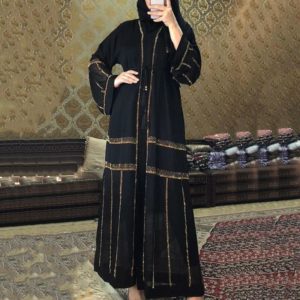 The Jillaba, also known as Djellaba, is a unisex, loose-fitting, full-sleeved robe worn primarily in the Maghreb region of North Africa. Traditionally, wool has been the primary material used to make djellabas, but the trend has shifted towards lightweight cotton fabric.
The Jillaba, also known as Djellaba, is a unisex, loose-fitting, full-sleeved robe worn primarily in the Maghreb region of North Africa. Traditionally, wool has been the primary material used to make djellabas, but the trend has shifted towards lightweight cotton fabric.
While traditional djellabas tend to be long and sweeping, modern variations are often slimmer and shorter. For religious festivals and special events, men often pair light-colored djellabas with Arab fez hats and babouche footwear.
SHUKA The Maasai people of Tanzania and Kenya have a traditional African attire known as Shuka, which is commonly referred to as the ‘African Blanket.’ This clothing is typically red with black stripes and was originally worn as a traditional garment by high-ranking members of the community before the Scottish colonization of Tanzania and Kenya.
The Maasai people of Tanzania and Kenya have a traditional African attire known as Shuka, which is commonly referred to as the ‘African Blanket.’ This clothing is typically red with black stripes and was originally worn as a traditional garment by high-ranking members of the community before the Scottish colonization of Tanzania and Kenya.
Recently, Shuka has gained popularity as urban wear, with workers sporting a modified version of the traditional clothing to their workplaces. While the Maasai were the exclusive wearers of Shuka in the past, this traditional African fabric is now finding acceptance worldwide.
ISIAGU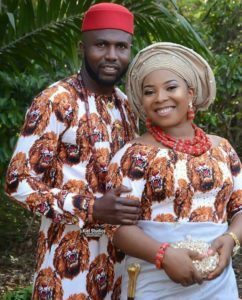 The Isiagu originates from the Igbo people of South-East Nigeria, and its name translates to “the head of a leopard”. Despite this, the cloth actually features the head of a lion, indicating a shift in the totem from leopard to lion. The Isiagu is a loose-fitting top made of silk fabric with a distinct pattern of a lion’s head.
The Isiagu originates from the Igbo people of South-East Nigeria, and its name translates to “the head of a leopard”. Despite this, the cloth actually features the head of a lion, indicating a shift in the totem from leopard to lion. The Isiagu is a loose-fitting top made of silk fabric with a distinct pattern of a lion’s head.
Igbo men consider the Isiagu to be a symbol of status and wear it to formal events like coronations, traditional meetings, and funerals of Chiefs. In the past, it was taboo for women to wear the Isiagu, but this has changed with millennials. Some women even use it to make their wedding dress.
ISIDWABA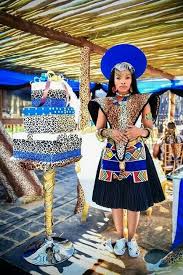 Isidwaba, also known as Isikhakha, is a well-liked dress among the Zulu people, particularly among married or engaged women in Southern Africa. This traditional skirt is typically crafted from genuine leather, either cowhide or goatskin, and is often adorned with vibrant, mat-like fabric.
Isidwaba, also known as Isikhakha, is a well-liked dress among the Zulu people, particularly among married or engaged women in Southern Africa. This traditional skirt is typically crafted from genuine leather, either cowhide or goatskin, and is often adorned with vibrant, mat-like fabric.
Isidwaba has maintained its form and design among the Zulu people since the 19th century. According to tradition, fathers of brides give Isidwabas to their daughters from the cow that the bride receives during her coming-of-age ceremony. The bride is then required to wear the skirt on her wedding day.
